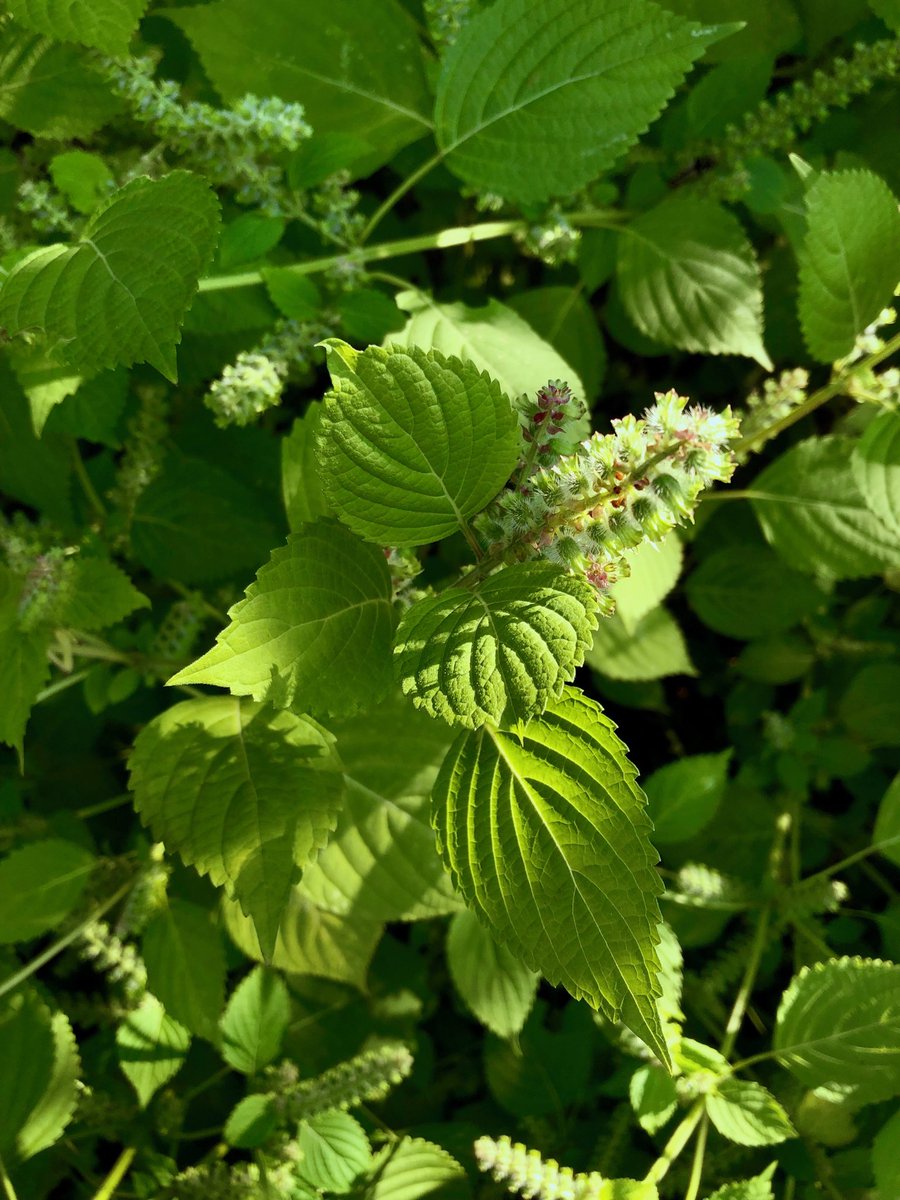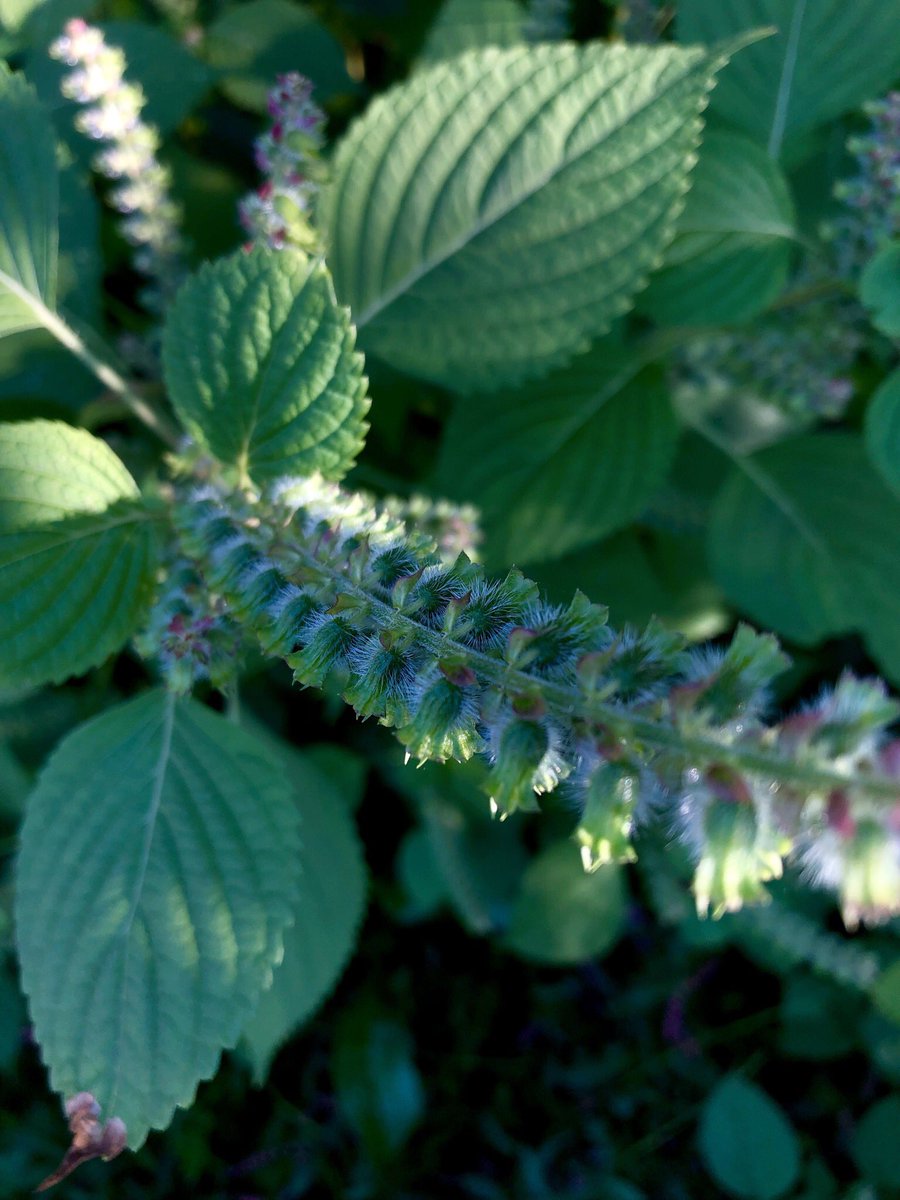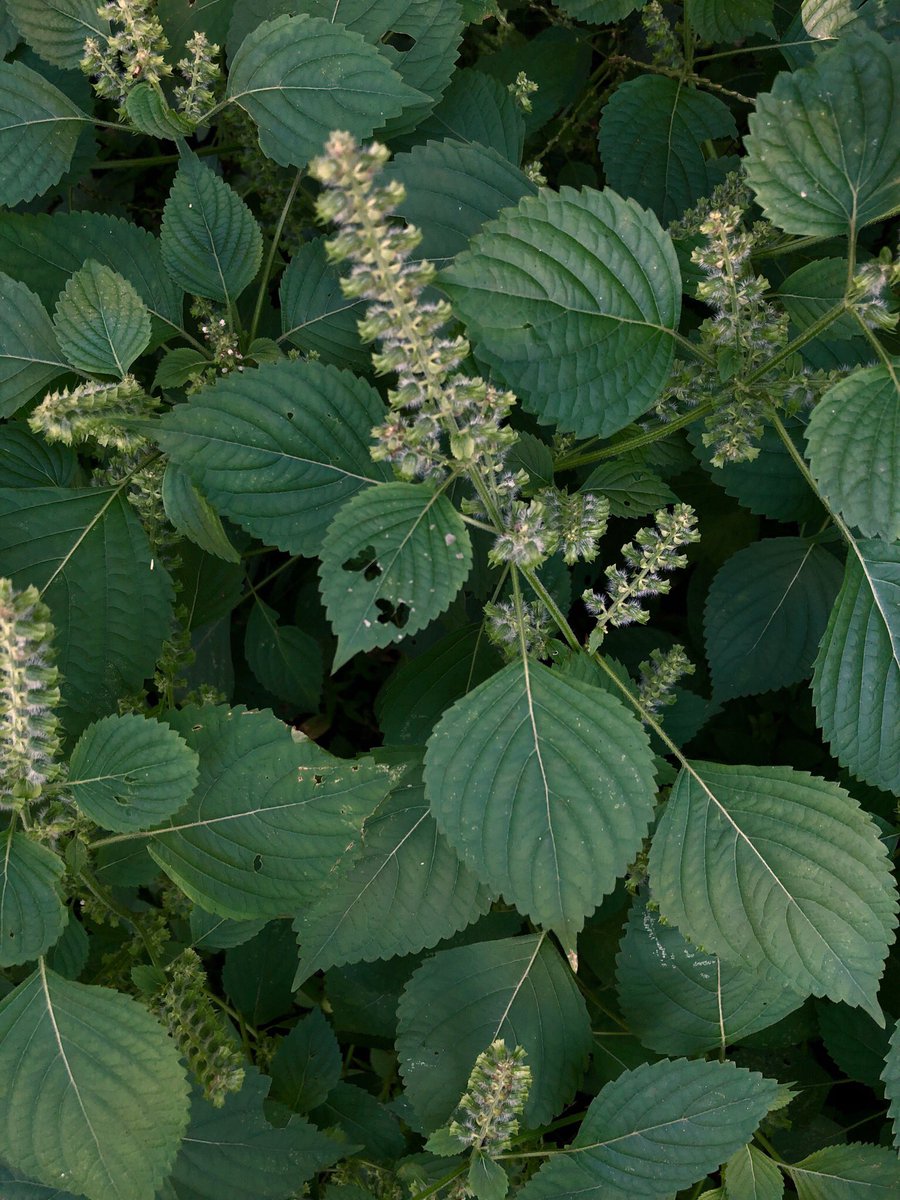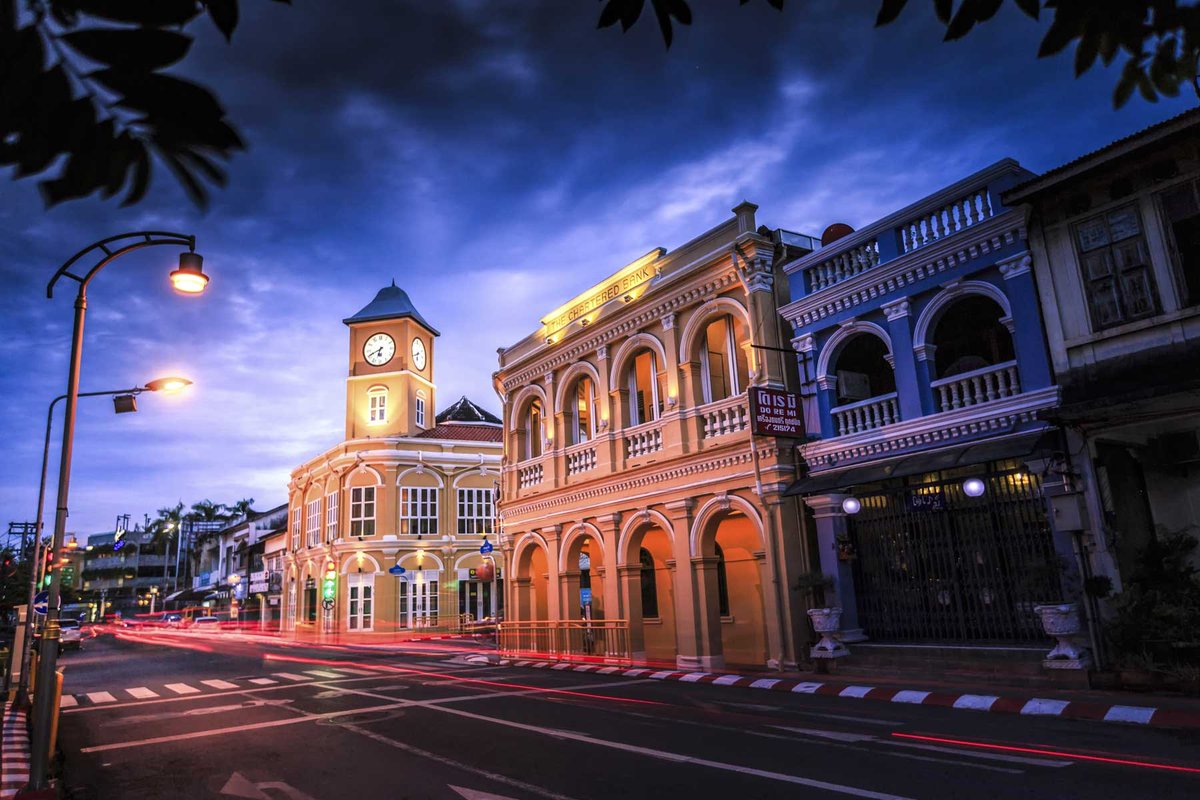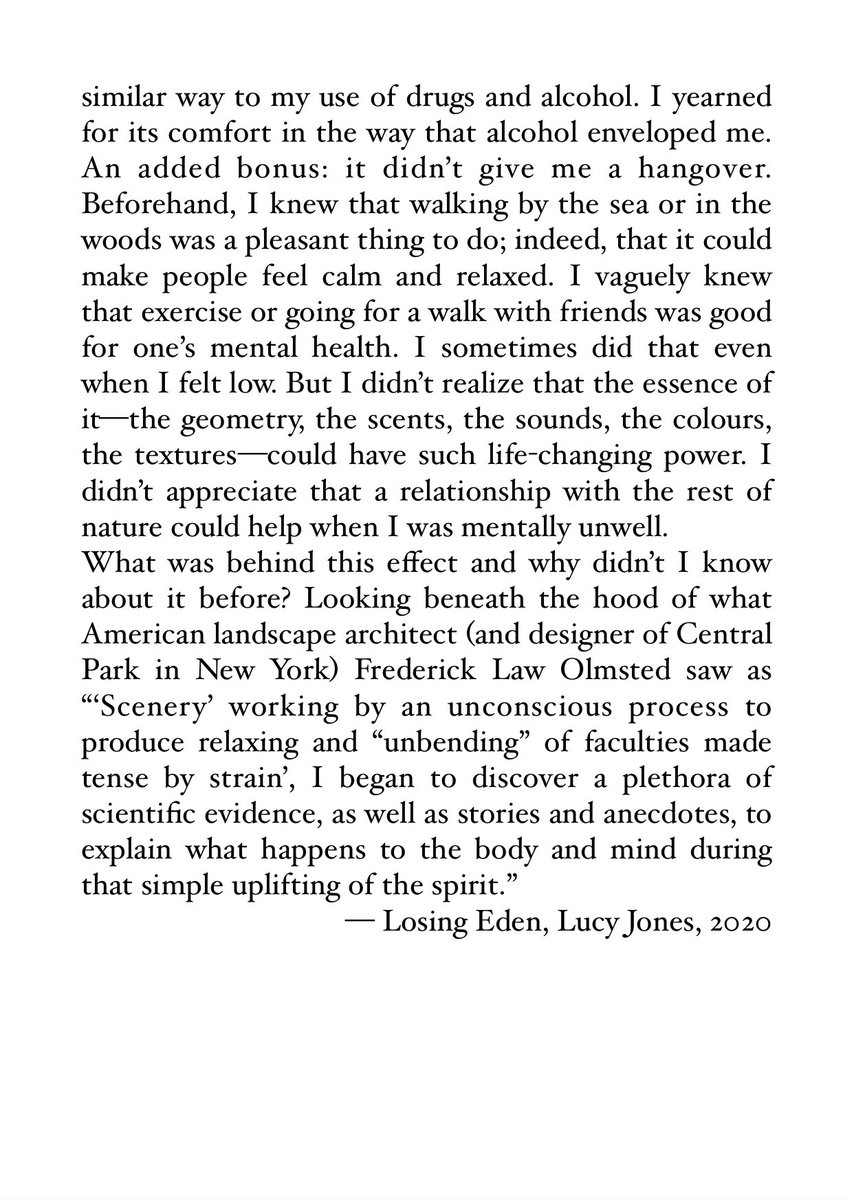
Corncob has long been used in Portugal as a building material, recent testing shows it has great potential as an insulation product, comparable to the XPS or EPS products we are currently using, except that corn cob is a byproduct, organic, sustainable. intechopen.com/books/insulati…
Here we have this agricultural by-product (waste), hundreds of millions of tons produced each year, that can easily be converted (using cheap farm tools) to high functioning thermal insulation. Why keep using environmentally disastrous plastics and foams? Thermal, acoustic. 

While not as fire resistant as clay, cob, brick, etc., but as insulation materials go it is exponentially safer than EPS or XPS, the stuff you most likely have in your walls. Flashover in about two minutes, but you'll be dead by toxic fumes before that.
Portuguese tabique construction. To get thermal insulation you need thick walls, often too heavy for the wooden structure it is based on. Clever Portuguese farmers stuck corn cobs in the mud. Fire safe, free, long lasting, you can compost the entire wall if want to. 

"Espiga de milho! My great-great-great-great grandfather grew that corn, and my great-great-great-great grandmother stuck it in the wall." 
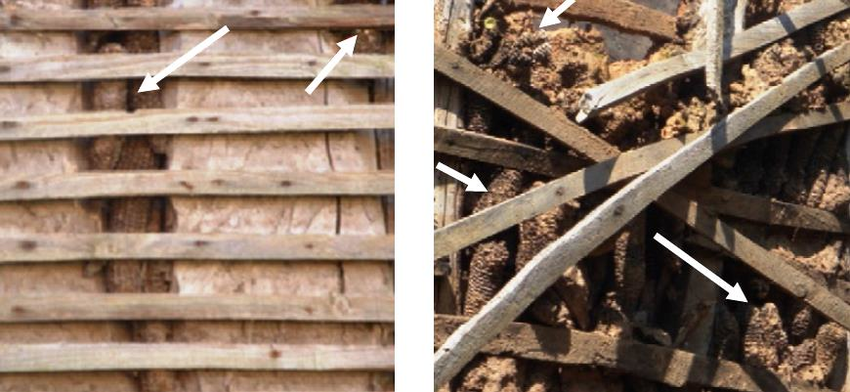
Let's grow our houses. The original green. Wheat straw for thatching roofs, cork for floors and insulation, corn for insulation, coppiced wood for walls... 







...sheep's wool for insulation, water reed for roof thatch, pine for walls and oak for timber frames. 




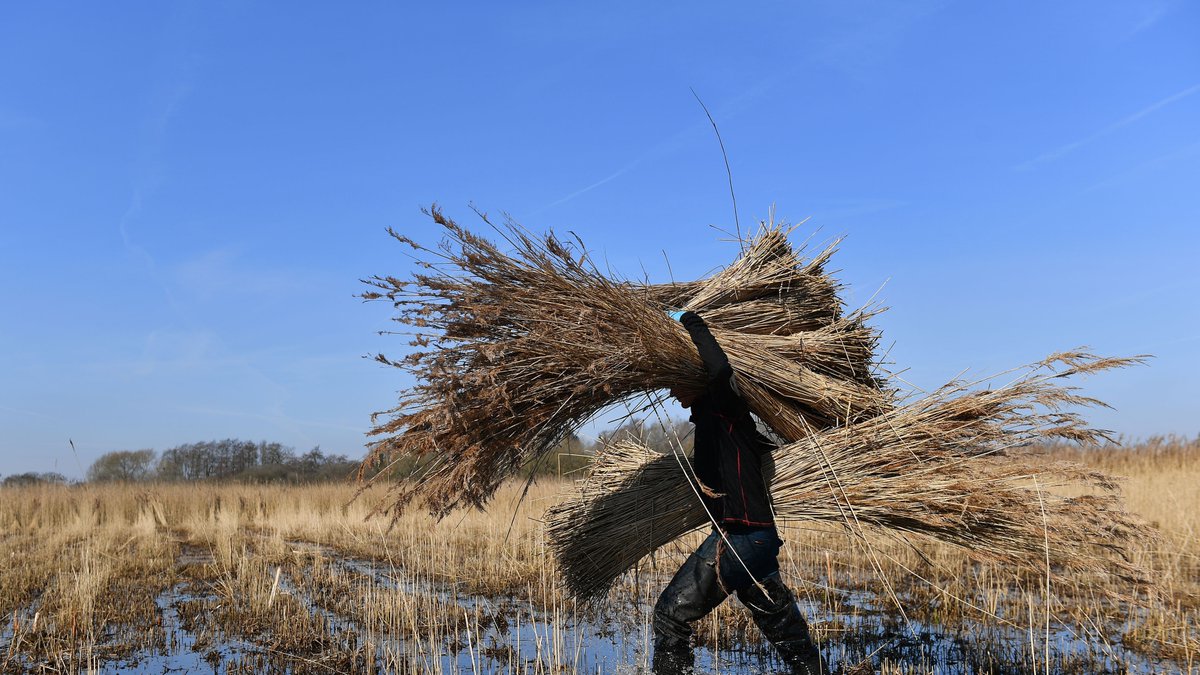


Tannin rich fruits for wood coating and paints, sod or turf for roofs, birch bark for waterproofing walls and roofing, round pole harvesting for roofs, walls, interiors, fencing. 







• • •
Missing some Tweet in this thread? You can try to
force a refresh





